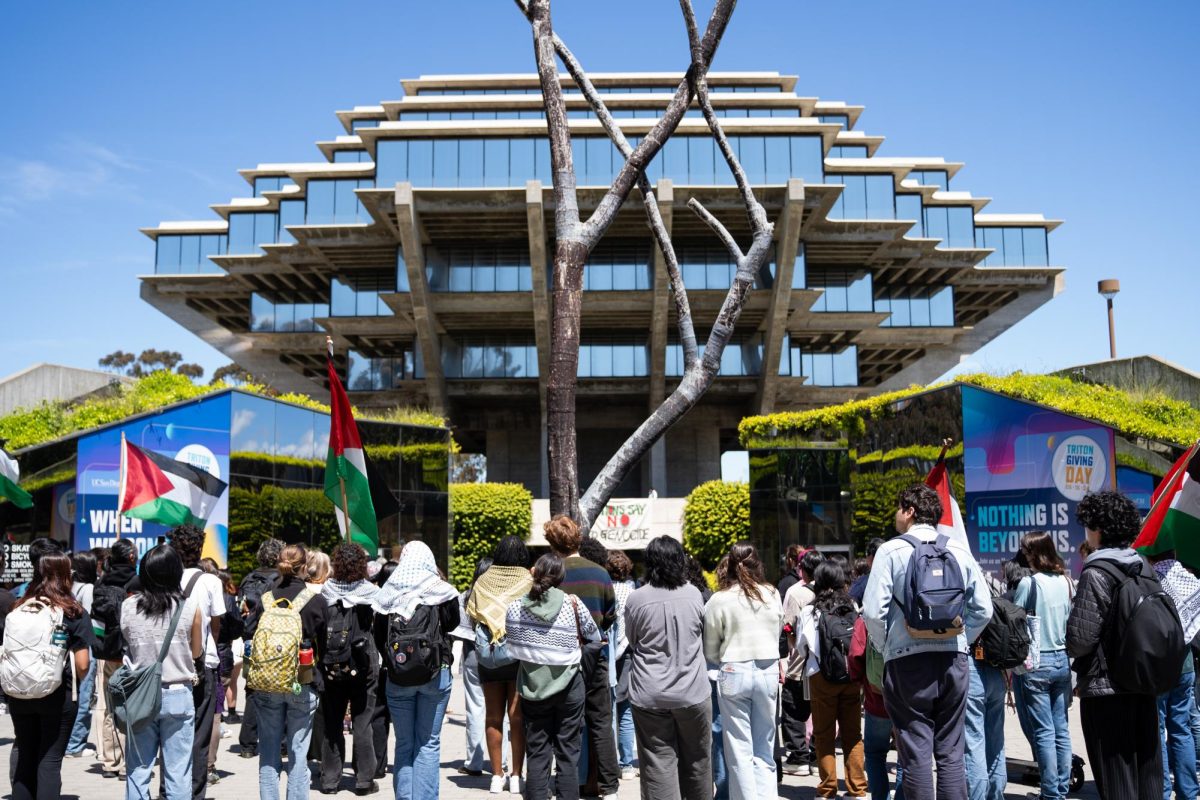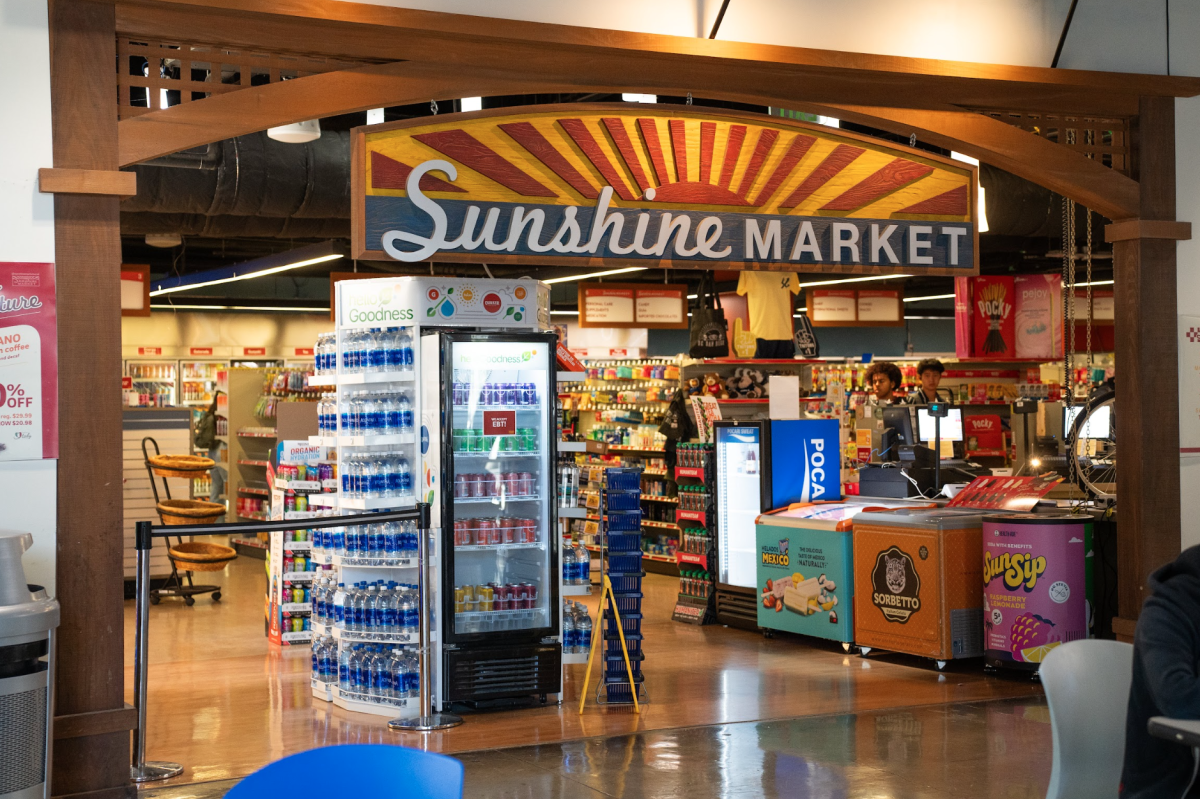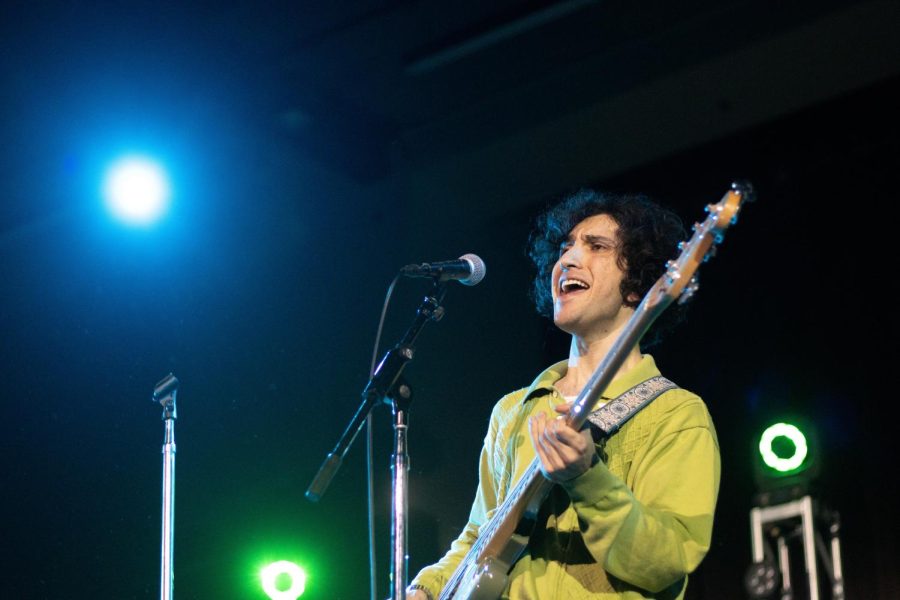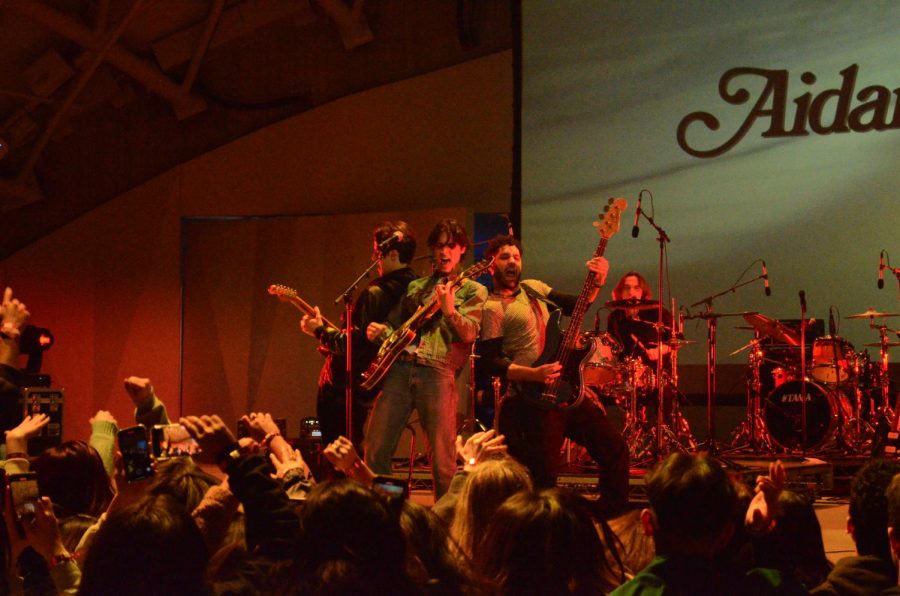Construction of RIMAC Annex, the university’s new 14,000 sq.
ft., $10-million dining and retail facility, is underway this month. The
building, funded entirely by student recreational fees, will be be situated
just north of RIMAC Arena and house a Peet’s Coffee, a cafe, a conference room
and a convenience store, in addition to several outdoor seating areas.
|
Related Links Jan. 29, 2007 — "Student Control Hot Topic for Sports Annex" |
University officials have expressed excitement about the
Annex, calling the new facility a much-needed addition to the campus’ northern
areas.
“We got a lot of support for the notion of having a facility
for students as kind of a central gathering spot on north campus, because it is
so far away from the
and the
that this would be a good hub of student activity,” Sports Facilities Director
Donald E. Chadwick said. “Sometimes there’s no better way to do that than with food.”
However, not everyone is satisfied with the project. Dana
Dahlstrom, a former Athletics, Recreation and Sports Facilities Advisory Board
student representative, raised concerns over the alleged mishandling of student
fees linked to construction of the new facility. Dahlstrom said that the
administration’s use of student recreational fees to fund the project was out
of line, especially because the new building will contain no recreational
facilities.
“By the admission of administrators, the RIMAC Annex is not
a recreational facility, and is instead intended to serve the new business
school and residential facilities in north campus,” Dahlstrom said in an
e-mail. “It is inappropriate to spend students’ recreational facility fees to
construct or maintain such a building.”
Dahlstrom said that student input regarding the planning and
design of the Annex was largely ignored by campus officials. He referred
specifically to two surveys distributed last year by the A.S. Council and the
Graduate Student Association that asked students to rank their priorities for
various proposed features of the Annex. Dahlstrom said that although the survey
found a large student interest in new recreational facilities, the
administration did little to accommodate these preferences.
“I think [the administration’s] position from the beginning
was that they didn’t see the point in asking students’ opinions,” Dahlstrom
said. “They didn’t understand why we wanted to [consult the survey]. They
basically said, ‘Look, we’ve already decided what’s going in the building, so
this isn’t an issue that we want student input on.’ That’s basically what they
told us when we proposed to take the vote.”
Responding to the allegations, Chadwick said that the
administration had taken the surveys into consideration, going so far as to
change aspects of the internal design of the Annex in response to the
preferences indicated by students’ answers.
“The survey was a very beneficial instrument and provided
tremendous feedback on student interests,” Chadwick said. “The results helped
to shape the desired theme and environment for the Annex.”
In defense of the administration’s usage of student
recreational fees to fund the Annex, Chadwick said that many college campuses
across the country are undertaking similar measures.
“Within the last few years there’s been kind of a melding
almost of student union and recreational facilities throughout the country,”
Chadwick said. “This is happening more and more as campuses evolve over time.
In other words, you’re finding in rec centers they’re combining a lot of
conference rooms and retail facilities when they’re building the new
facilities. And similarly, the student unions are more frequently incorporating
components that had more traditionally been in rec centers, like cardio centers
and workout areas.”
The project is slated for completion by spring 2009.







